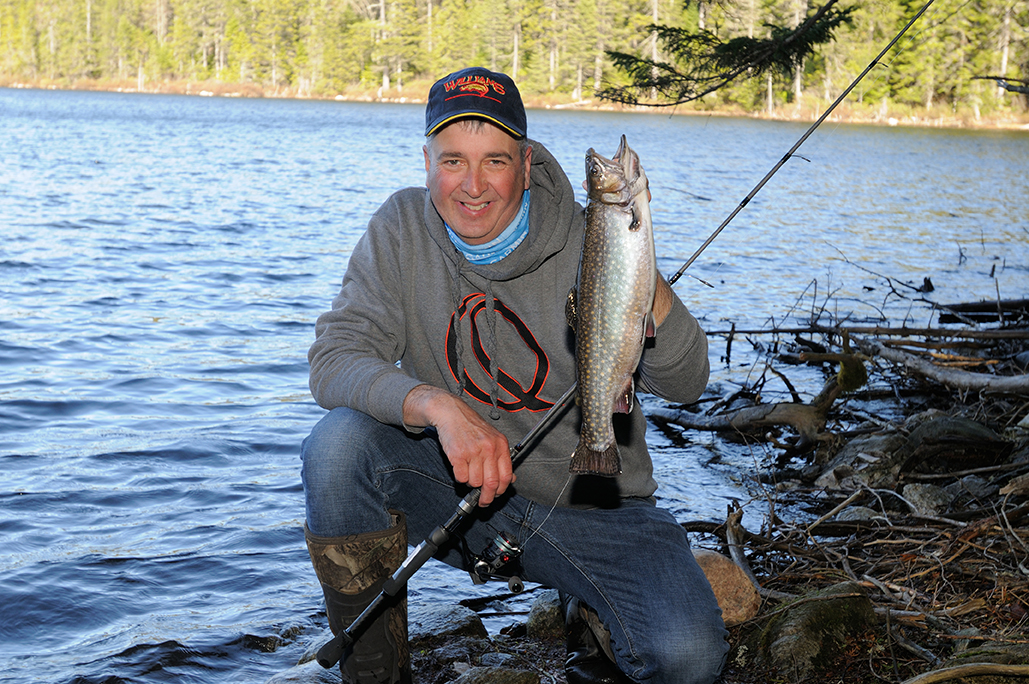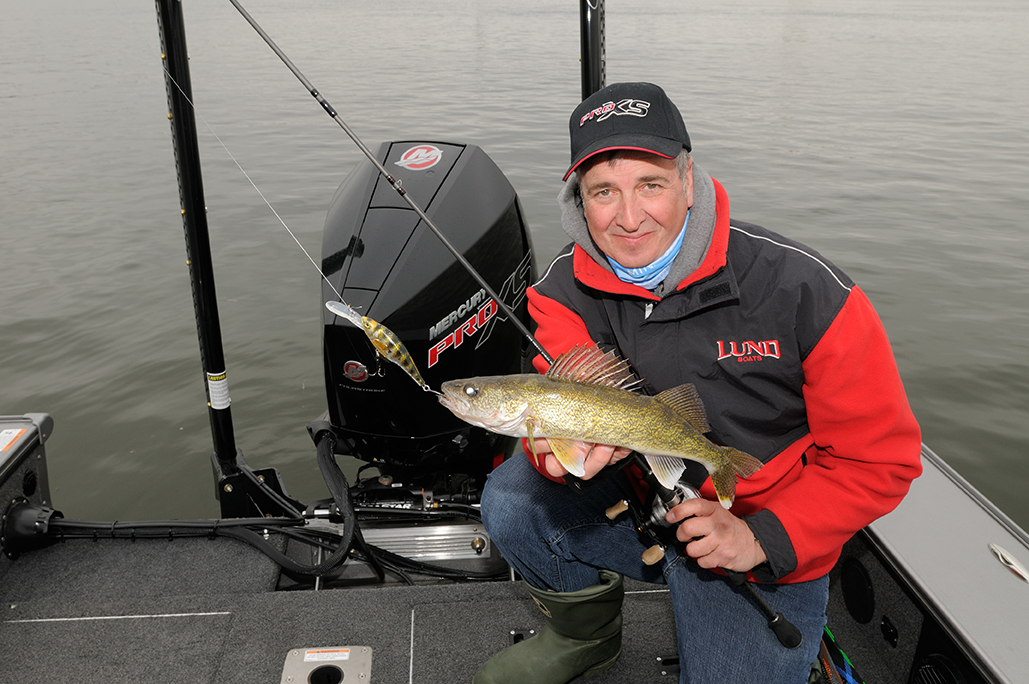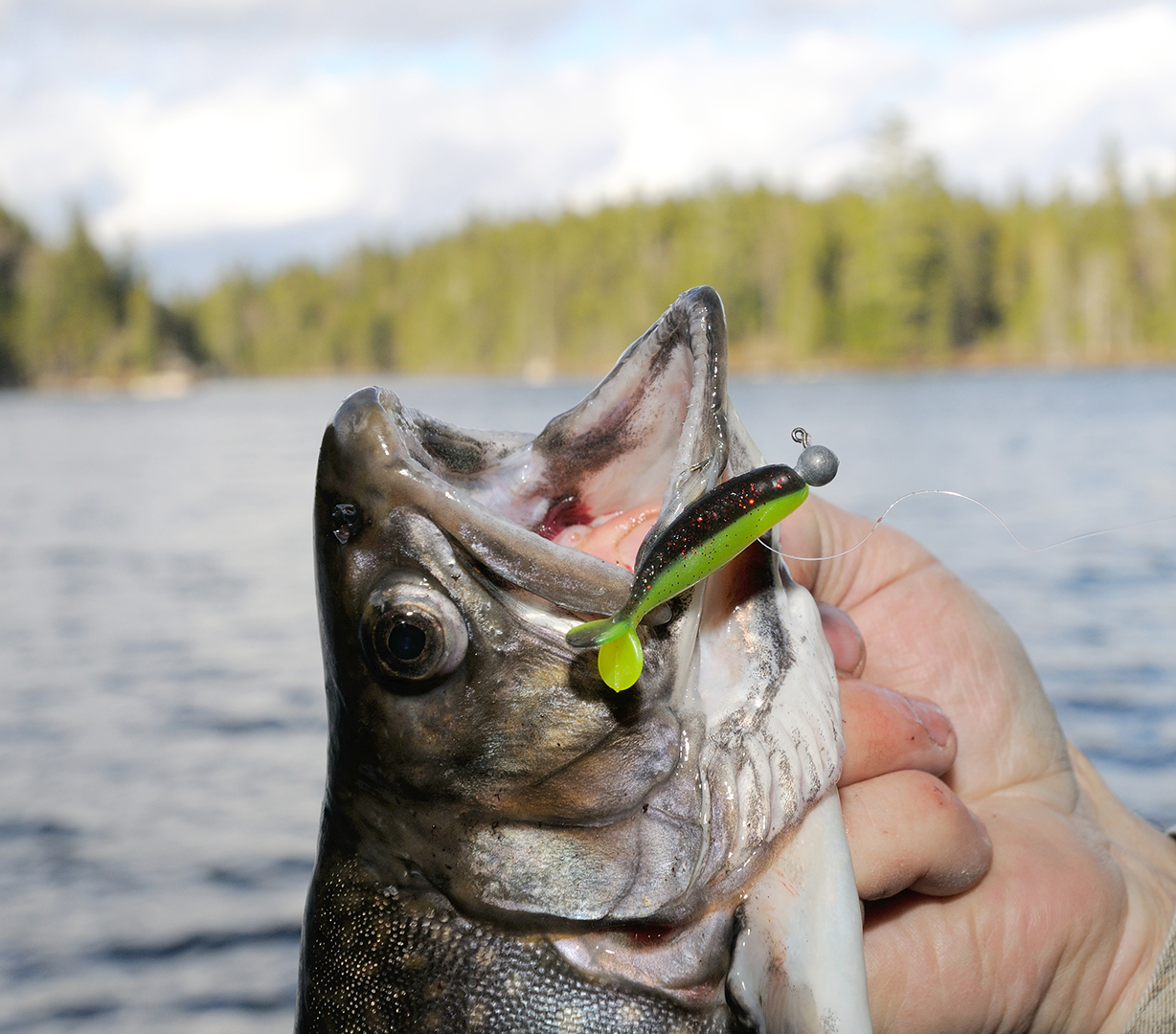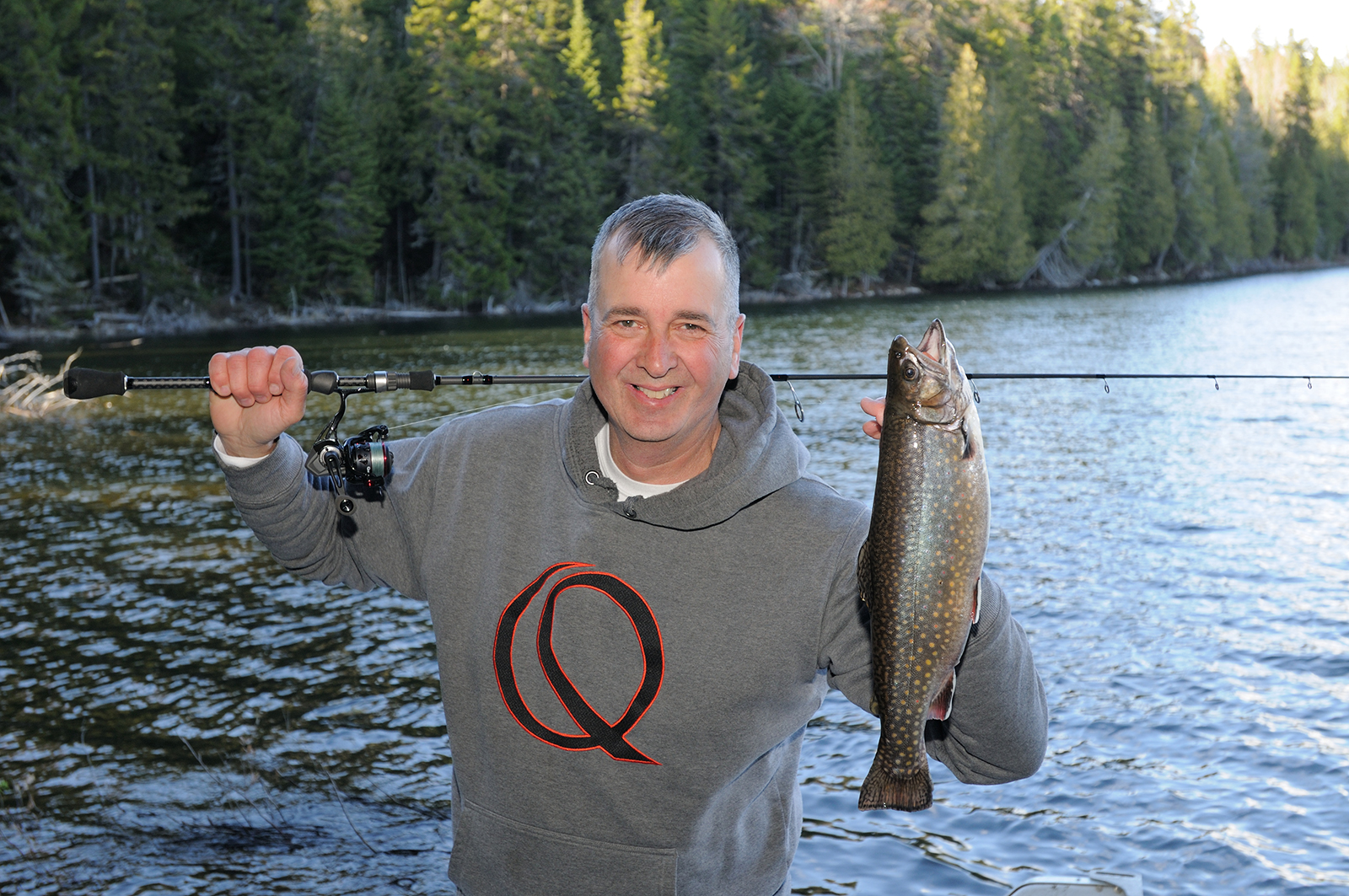Improve this skill to get more results.
While fishing, if we hope to catch fish, we must be able to detect strikes. It is important to know and realize that a strike, or if you prefer the attack, from a fish can be very satisfying for the angler holding the rod since it creates impulses which can be transmitted on several occasions to the angler’s hands via his equipment.
The different attacks
Once a fish springs with enthusiasm from a Point A toward a Point B to be able to intercept a lure in movement, it can be puzzling for each and everyone of us to be able to identify the type of attack that has just occurred. This fish will create a certain pressure which will cause the angler’s rod to flex since the fish’s trajectory will not suddenly stop when the attack of your offering has occurred. The same situation will occur when you are trolling and a fish has picked up your lure and comes to a complete stop once it has taken this lure.
It can be a whole different story when the fish has literally hammered your presentation without having to sprint to catch it.
 Let’s think about Walleye as an example. As soon as one of these fish jumps on a LiveTarget or an Emerald Shiner, its intentions are easily perceived. However, when we are jig fishing, this is a completely different story. On rare occasions, it can possibly happen that a Walleye picks up a jig in a violent fashion. It is important to understand that in almost 90% of all situations while jig fishing, Walleye will intercept a jig in a subtle manner. Few anglers realize that a Walleye can spit out a jig. To do this, Walleyes will contract their gill plates and absorb a certain quantity of water to cause the jig to move within the inside of their mouth. A lateral displacement will occur in the interior of its mouth. As Walleyes get larger, they will be able to absorb a large quantity of water which will also be quickly evacuated by their gill plates. This will cause your jig to be trapped inside the mouth of the Walleye. Even the most experienced angler will only detect a light hit that would resemble the contact generated when a fly comes to rest on your skin. What will be detected will either be the line meeting its mouth or the jig being swept away from the interior walls of its mouth. Amazing isn’t it?
Let’s think about Walleye as an example. As soon as one of these fish jumps on a LiveTarget or an Emerald Shiner, its intentions are easily perceived. However, when we are jig fishing, this is a completely different story. On rare occasions, it can possibly happen that a Walleye picks up a jig in a violent fashion. It is important to understand that in almost 90% of all situations while jig fishing, Walleye will intercept a jig in a subtle manner. Few anglers realize that a Walleye can spit out a jig. To do this, Walleyes will contract their gill plates and absorb a certain quantity of water to cause the jig to move within the inside of their mouth. A lateral displacement will occur in the interior of its mouth. As Walleyes get larger, they will be able to absorb a large quantity of water which will also be quickly evacuated by their gill plates. This will cause your jig to be trapped inside the mouth of the Walleye. Even the most experienced angler will only detect a light hit that would resemble the contact generated when a fly comes to rest on your skin. What will be detected will either be the line meeting its mouth or the jig being swept away from the interior walls of its mouth. Amazing isn’t it?
I am convinced that many of you ignored this point. If you maintain close attention and you detect an attack, you must immediately set the hook right at that point in time because the Walleye will then do a partial and quick analysis of what has become imprisoned between its teeth. If the lure’s texture appears normal, it will swallow it. However, if it detects a sharp point, a jighead or any other indicator that will reveal your scam, it will quickly spit it out. Unfortunately, there are anglers that experience a bite that will prepare themselves and wait a second before setting the hook. What they unfortunately do not realize is that what feels like a second attack is the Walleye spitting out the jig. You then understand that they are setting the hook into nothing making them believe that the Walleyes are not biting properly and are also difficult to hook.
Lake Trout being teased by jigs and Smallmouth Bass of which you are trying to fool with tubes, grubs or other soft lures will also attack your offerings in most cases in a subtle manner.
 Attention to line tension
Attention to line tension
While fishing and regardless of what method is being used, it is important to always maintain a certain contact with the offering. If you have any slack in your line, it is virtually impossible to detect the presence of a fish. For example, if you are jig fishing, it is essential to support the offering during its descent toward the bottom. If you allow the jig to descend without any assistance, you cannot detect any strikes that normally occur about 90% of the time at that moment in time.
The same phenomenon will occur when you are fishing in current which causes an arc in your line which will make you lose direct contact with your presentation. Wind will also have the same effect on the part of your line that is outside of the water. For these two situations, it is preferable to shorten the distance that separates you from your lure and/or increase the weight of the lure.
If you opt for a very light lure, it could be very difficult to maintain a close contact. It is imperative to choose a smaller diameter line which will facilitate the perception during the descent in the water column which will allow it to be less affected by the wind or the current.
Fishing Lines
I am convinced that most fishermen have the impression that most monofilament lines have a lot of stretch in them. We can confirm without error that most of these lines will stretch from 15 to 35% when under a certain tension. This signifies that using 20 meters as an example, and, if a large fish hits, there are chances that the line that you have just re-spooled will then measure between 23-28 meters. It is evident that this type of stretch will complicate matters for the angler when it comes to hooksets. Also, it is evident that the angler must be considerably more attentive to the transmission of signals signifying strikes.
 Fluorocarbon lines have been a big hit for the last few years because they offer a zero-refractory effect under the film of the water. The fish cannot detect the line when it attacks your offering. What is equally awesome about this line is that it is the only type of line that will sink without the aid of anything external. All others float. The only negative thing about this type of line is that it stretches even more than monofilament which makes it more difficult to perceive any attacks and it also makes hooksets more difficult as well.
Fluorocarbon lines have been a big hit for the last few years because they offer a zero-refractory effect under the film of the water. The fish cannot detect the line when it attacks your offering. What is equally awesome about this line is that it is the only type of line that will sink without the aid of anything external. All others float. The only negative thing about this type of line is that it stretches even more than monofilament which makes it more difficult to perceive any attacks and it also makes hooksets more difficult as well.
Super lines such as the Maxima Braid, as an example, are of small diameters that allow them to become more difficult to locate and your lures will sink more easily and deeper into the water column. What is important to observe is that all filaments of this family feature a stretch factor of less than 2%. This allows you to easily transmit your hook-setting power, increases your ability to detect strikes which gives you the feeling that fish are sending you a message telling you that they are present.
The best situation for the angler is to connect a 90-centimeter fluorocarbon leader to a super line by employing a Uni Knot. You will be impressed by its invisibility in proximity to your presentation without having to suffer because of its other less inviting characteristics.
Regardless of what type of line you use, it is important to support it with one or two fingers while trolling, jigging or live bait fishing. This will allow you a direct contact with the action without having to wait for the signal to be transmitted by the fishing rod.
When it comes to fishing rods and what is important to remember here is that normally when the graphite content is increased and when the graphite is of a higher quality, attacks and strikes will be much easier to detect allowing you to more easily perceive their intentions.
Your hands
The handle area of many fishing rods is covered with foam or cork. These materials are excellent in assuring you a comfortable grip. However, they unfortunately isolate the rod and it could be more difficult to obtain all sensations we could have obtained if we had opted for a rod offering certain enhanced sections. You would have interest in keeping a closer contact with these sections so you do not miss out on any sensations.
In Conclusion
Many fishermen grab their fishing rod by under-evaluating a host of small technical points that may seem trivial, but in many cases, make all the difference in the world.
I guarantee that by respecting the above points, you will succeed in detecting more strikes so you can catch more fish.
Good fishing.
Patrick Campeau is a professional fisherman that is a three-time provincial champion member inducted into the Canadian Pantheon of Fishing.
Find out more about Patrick Campeau at www.pcampeau.com or www.facebook.com/lapassiondepatrickcampeau

